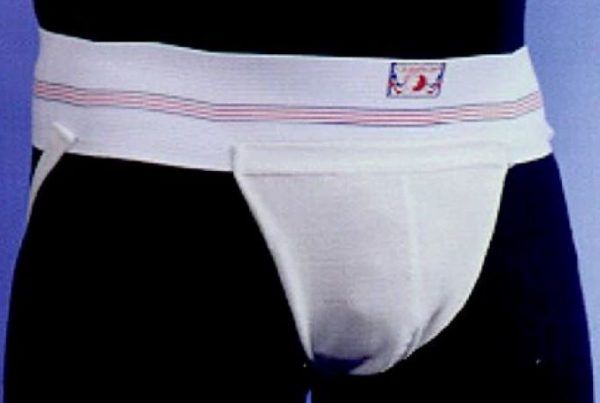
Taking a nice long walk in a forest or hanging out with animals can be relaxing for many people. In any form of relaxation, there are always a few hiccups and mishaps. If you don’t wear proper clothing, for instance, you might be a tick’s next meal.
A bite like that can lead to Lyme disease, and in connection, Lyme neuroborreliosis. What is Lyme neuroborreliosis, you might ask? Here are the definitions, diagnostic tests, and treatment management for this infection.
What is Lyme Neuroborreliosis?
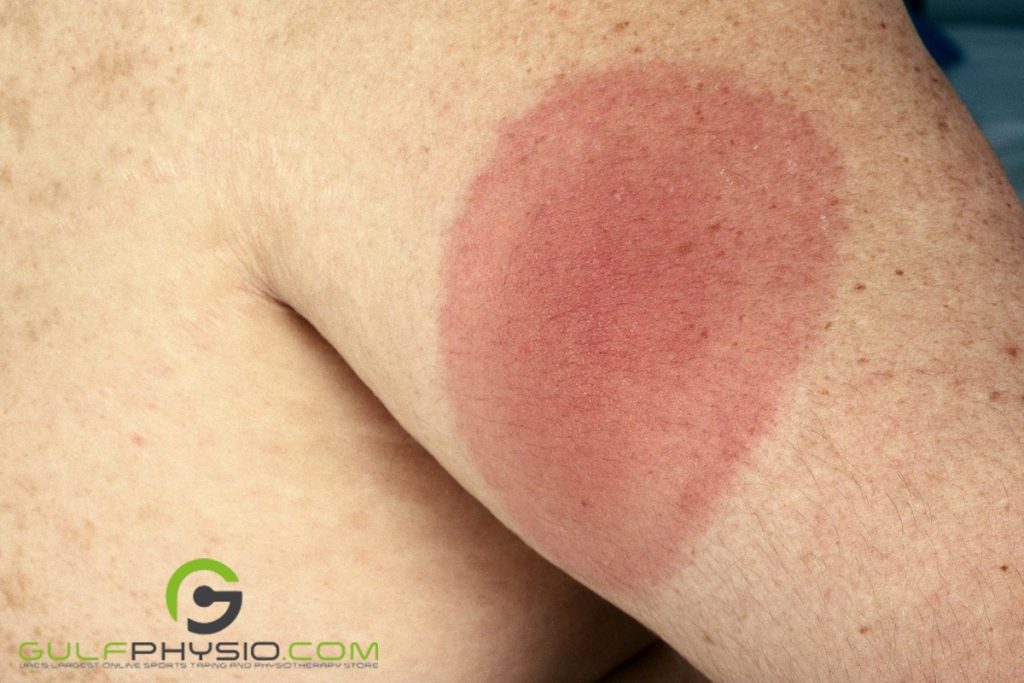
Also known as neurological Lyme disease, Lyme neuroborreliosis (LNB) is an infection in the nervous system. It’s a complication of Lyme disease. In the interest of simplification, we will refer to Lyme neuroborreliosis as LNB for the rest of the article.
This infection is caused by Borrelia burgdorferi (Bb) sensu lato complex, a bacteria from Ixodes species of infected ticks. Due to its high tick infestation rates, it’s mostly common in areas like Europe. It’s also fairly common in the US as well.
What Is the Difference Between American and European Lyme Neuroborreliosis?
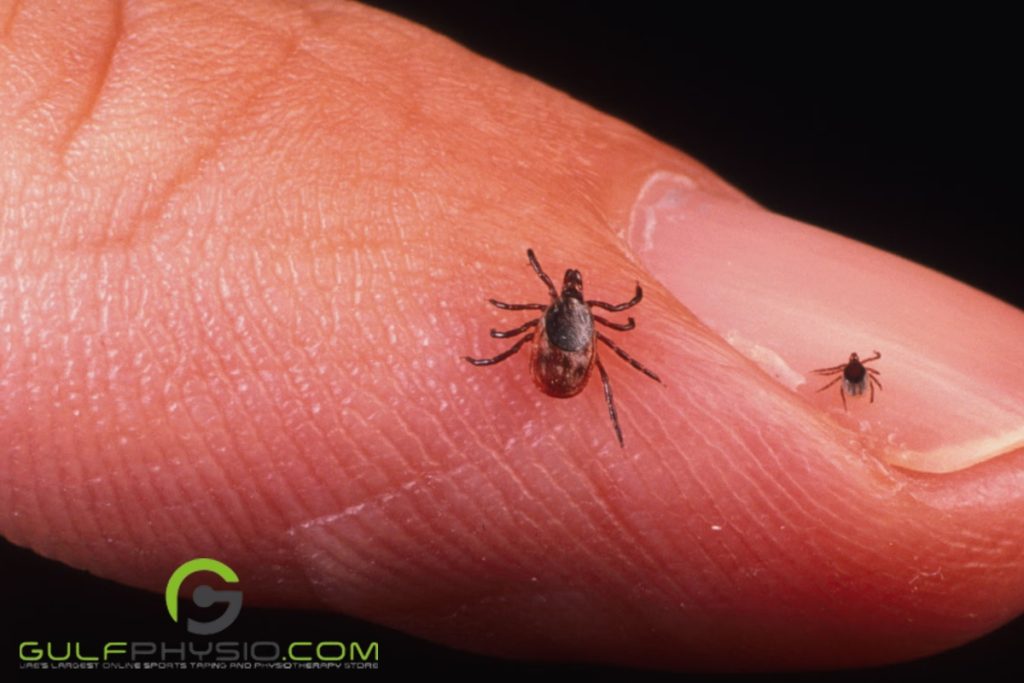
The presence of LNB in European and American patients does differ in terms of their clinical features. This diversity is most likely due to the difference in bacteria species found in the origin of the ticks themselves.
In North America, the causative species, disregarding special circumstances, is Borrelia burgdirferi sensu stricto from Ixodes scapularis ticks. Europe has three main causative strains which are Borrelia afzelii, Borellia burgdorferi, & Borrelia garinii from Ixodes ricinus ticks.
Moreover, they also differ by symptoms since they vary in sources. For example, aseptic meningitis is more common in North American cases as opposed to European ones.
What Are the Different Stages of European Lyme Neuroborreliosis?
European LNB have three (3) distinct stages: Stage I, II, and III.
The First Stage (Stage I) of European LNB
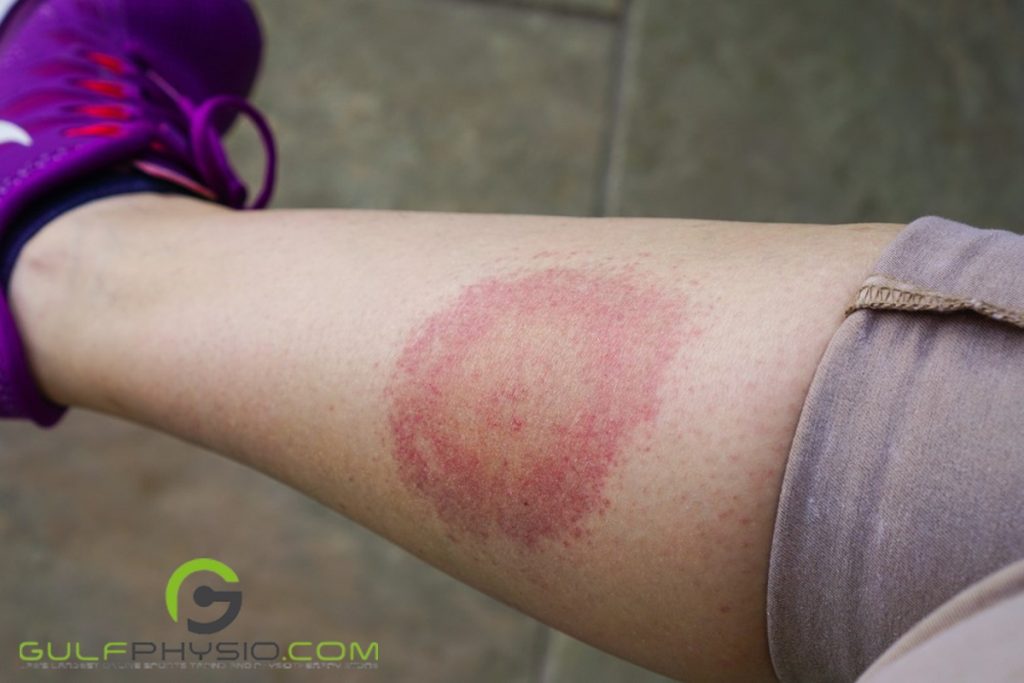
Stage I or the first stage of LNB happens when the earliest signs of LNB appear. In this stage, it starts with the appearance of a local skin infection. Patients in this stage may or may not recall the occurrence of a tick bite.
The Early Stage (Stage II) of European LNB

Stage II of LMB manifests during the first six (6) months of the appearing symptoms.
Manifestation in the Peripheral Nervous System (PNS)
Meningoradiculitis is one of the more common and painful manifestations of LNB in this stage. Better known as Bannwarth’s syndrome, this neurological component often shows itself as lymphocytic pleocytosis, radicular pain, paresis, and neuropathy.
The radicular pain, characterized as “the kind never experienced before”, may vary in localization and intensity. The paresis, on the other hand, influences limbs, the abdominal wall, and muscle groups connected to the cranial nerves.
Headaches often crop up, but a powerful headache without paresis or radicular pain is isolated and few. Other rare peripheral neurological manifestations are mono neuritis multiplex and plexus neuritis.
Manifestation in the Central Nervous System (CNS)
It’s uncommon to have CNS manifestations at this stage, but it is still possible. A key culprit would either be encephalitis or myelitis. In an infection like this, the following clinical manifestations may occur:
- Apraxia
- Cerebellar ataxia
- Confusion
- Hemiparesis
- Ocular flutter
- Opsoclonus-myoclonus syndrome
- Parkinson-like symptoms
There are also single cases where the patients experience acute stroke-like symptoms and poliomyelitis-like syndromes. These were potentially brought about by cerebral vasculitis.
The Late Stage (Stage III) of European LNB

Any manifestations in this stage are also called “chronic neuroborreliosis”. Typically, patients who continue to this stage have already finished antibiotic therapy. However, they still experience symptoms 6 months after treatment. Another term for this condition is post-Lyme disease syndrome (PLDS).
Manifestation in the Peripheral Nervous System (PNS)
In the PNS manifestations, mononeuropathy, radiculopathy, and polyneuropathy are present. Late-stage polyneuropathy has only been detected coupled with the typical dermatological manifestation of this stage, acrodermatitis chronica atrophicans.
It’s also fair to remember that Bb-specific antibodies can also be present in a small percentage of healthy people. You cannot fully base a borrelial infection diagnosis on the presence of said antibodies in people with polyneuropathy alone.
Manifestation in the Central Nervous System (CNS)
The manifestations of LNB in the CNS include some, if not all, the following conditions listed below:
- Cerebral vasculitis
- Disturbed micturition
- Encephalomyelitis with tetraspastic syndrome (chronic progressive Lyme encephalitis)
- Spastic ataxic gait disorder
Can Children Acquire European Lyme Neuroborreliosis?
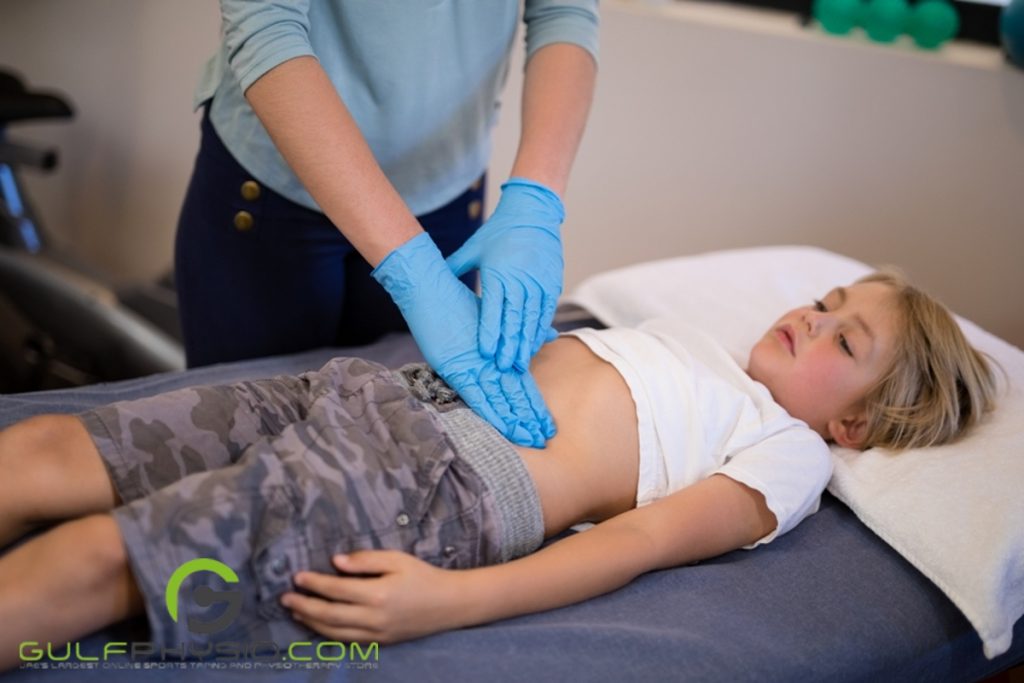
Yes, children can contract a version of LNB. Since they exhibit dissimilar symptoms to LNB in adults, younger patients with LNB fall under Paediatric LNB.
Paediatric LNB shows itself as acute facial nerve palsy, which is similar to Bell’s palsy. It’s one of the more typical manifestations in children with LNB. Additional ones include lymphocytic meningitis and other cranial nerve palsies. Vague symptoms like fatigue or loss of appetite were also noted in younger children.
It’s rather uncommon for children to have CNS manifestations. Although, kids who are in the early stages of LNB may experience ataxia, acute hemiparesis, or opsoclonus-myoclonus. As for late-stage LNB, there are cases of chronic hemiparesis as well.
What’s the Best Way to Diagnose European Lyme Neuroborreliosis?
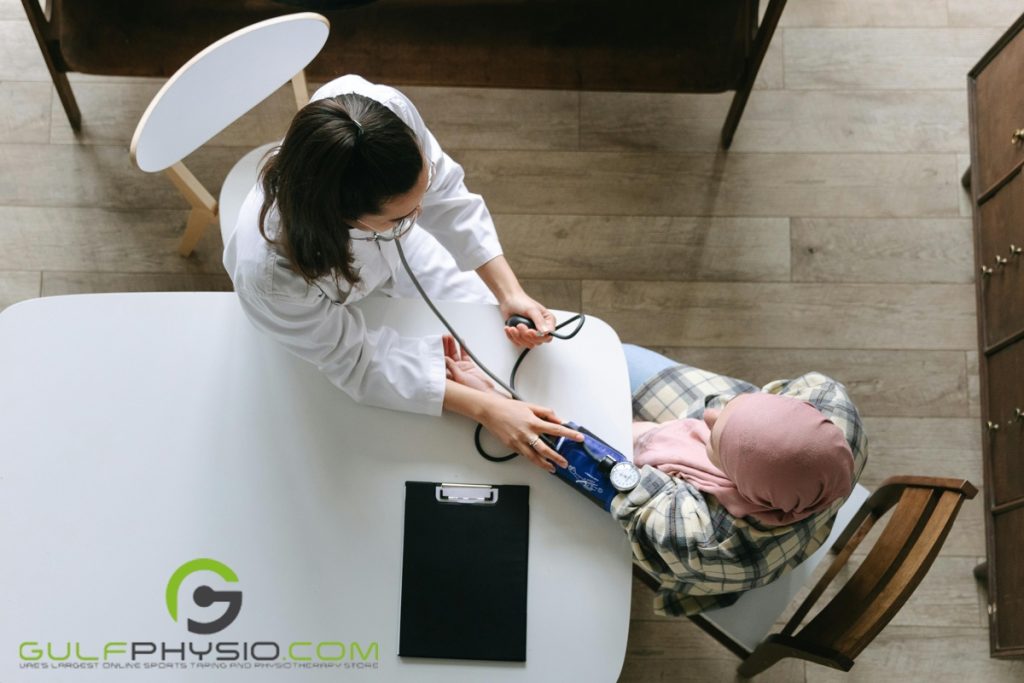
Numerous studies look into the efficacy and global accuracy of specific tests for LNB. Tests such as the following did not show enough significant evidence to be an accurate diagnostic tool:
- Antigen detection
- CD57+/CD3- lymphocyte subpopulation
- Chemokine CXCL13
- Cyst formation
- Detection of antibodies that bind in circulating immune complexes
- Lymphocyte transformation test (LTT)
- Microscope-based assays
Though, there are tests that can help detect LNB. Polymerase chain reaction (PCR) on cerebrospinal fluid (CSF) samples can identify early LNB. This test is only applicable if patients exhibit a negative antibody index (AI), or if they’re immunodeficient.
Cultivation is similar to PCR. Both are limited to special indications like patients with immune deficiencies or an atypical clinical presentation.
Bb-specific antibodies detected in serum and CSF have a low sensitivity to patients with symptoms lasting more than 6 months, but it can still do its job. It’s important to note that this test needs other criteria like CSF parameters and clinical data.
How to Manage European Lyme Neuroborreliosis?

Mature patients with symptoms consistent with Stage II LNB should be given a 14-day antibiotic treatment. They have the option of daily intravenous (IV) ceftriaxone (2g) or oral doxycycline (200mg) since they’re both equally as effective. This is mostly for patients with PNS manifestations and meningitis. IV ceftriaxone (2g daily) IS for patients with CNS manifestations.
Late-stage LNB patients (Stage III) also need IV ceftriaxone (2g daily) for their treatment. In their case, this treatment should last three (3) weeks instead of fourteen (14) days.
Paediatric LNB patients should be treated like adult patients. Although, patients under eight (8) or nine (9) years old shouldn’t be given doxycycline.



